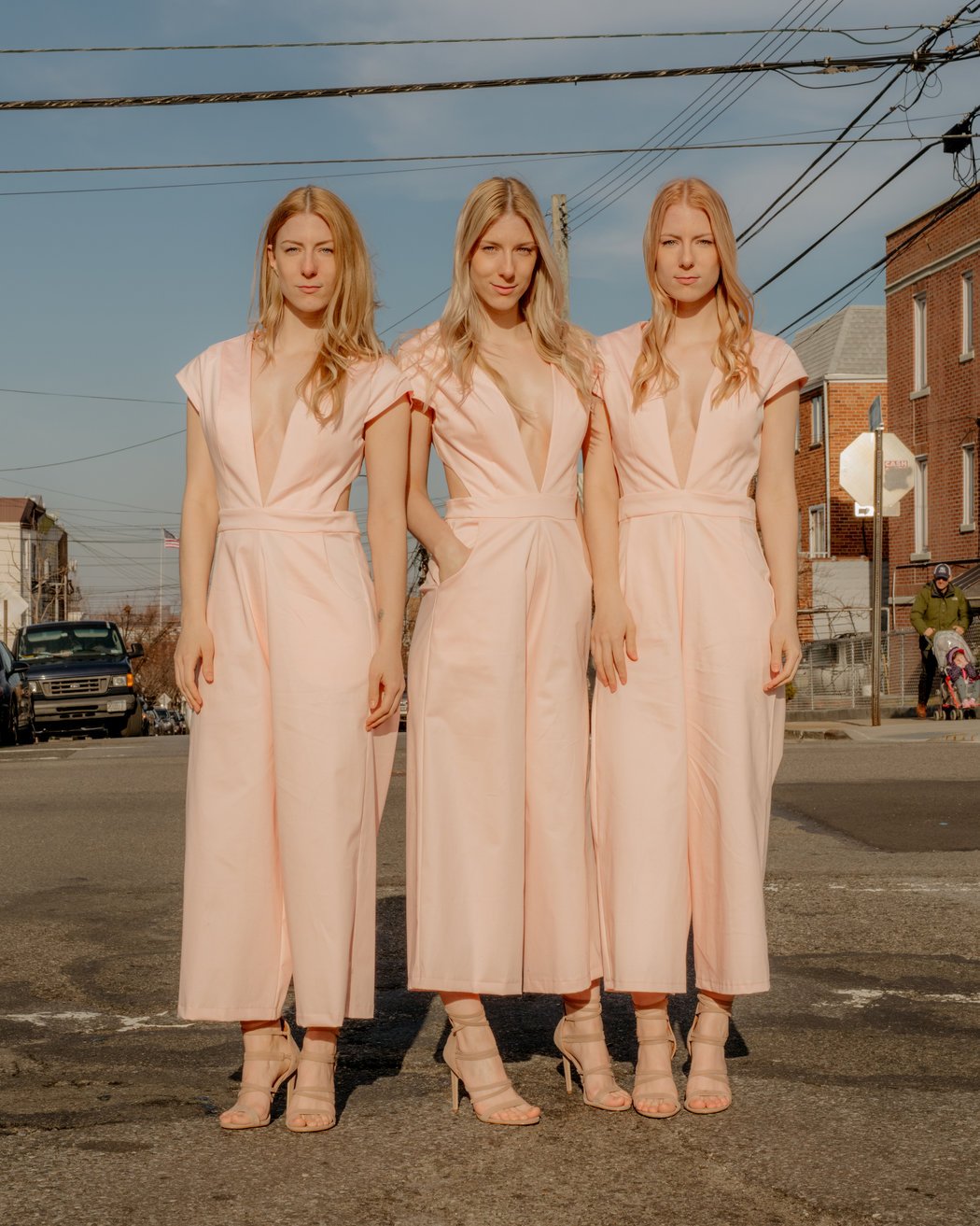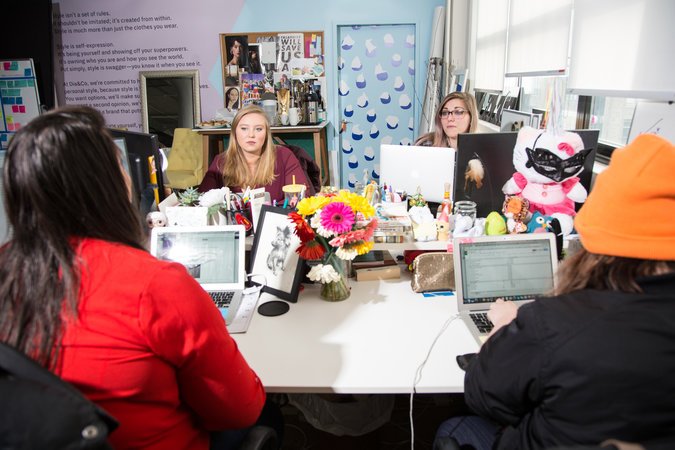But, there are conditions: Brex insists the card be paid in full every 30 days, and it monitors the company’s bank account balance daily to ensure the start-up is not recklessly burning through cash. “If they’re spending $50,000 a month and have $60,000 left in their bank account, I know they’re going under in the next month so I’m going to stop giving them credit,” he said.
The automated online application process is fast. “We can issue a card in five minutes,” Mr. Dubugras said. He added that he hadn’t seen a single default.
And investors are clearly optimistic about the company’s outlook: Brex’s latest round of financing last month valued the firm at $1.1 billion, making it one of the youngest start-ups to be valued at $1 billion or more.
Silicon Valley Bank, which has been offering corporate cards to start-ups since 2008, goes one step further than Brex, offering charge cards, whose balances are due monthly, and regular corporate cards with revolving lines of credit.
“We do not use the personal credit history of the founders or FICO scores” to assess risk, said Eduardo Vergara, head of Global Treasury Services at Silicon Valley Bank. “We’ll look at how much capital they’ve raised, who the investors are, who the founders are, and what’s their track record as entrepreneurs.”
SVB also relies on instinct, having extended financing to start-ups for the past 34 years. “We can really see and assess which ones are more likely to be successful — which ones we should be offering credit, which ones to lean in on,” Mr. Vergara said.
Some disrupters require the entrepreneur to personally guarantee the corporate card, said Mr. Dubugras, which means, if the business fails, the entity could go after the founder’s home, car and assets to cover the credit card losses.
Article source: https://www.nytimes.com/2018/11/15/business/smallbusiness/start-up-brex-offers-credit-to-other-start-ups.html?partner=rss&emc=rss






